- 0% APR Financing Available for up to 3 months*
-
Lifetime Upgrade
We are committed to serving our customers not only for a sale, but during a lifetime.
More Info
-
Jewelry Warranty
For your peace of mind, all B2C Jewels items are covered by a 1-year warranty.
More Info
-
Price Match Gaurantee
B2C Jewels is committed to offer the best price available on certified diamonds.
More Info
Loose Diamond Educational Videos
Video Transcriptions >
Know More
Hi, I'm Brian with B2C Jewels. In this video, I'm going to talk about cut, one of the elements of the famous 4Cs.
Of those C’s, Cut is considered the most important, because the way a diamond is cut determines how much it will sparkle. And, isn't that the most important thing about a diamond?
There's often some confusion between cut and shape. Cut is not the shape of the diamond. Diamonds shapes like round or emerald are often called “round brilliant cut” or “emerald cut” but that's just a turn of phrase.
So, what exactly is cut? Cut refers to the way the facets or polished flat surfaces have been placed on the diamond. When light enters the diamond, the proportions and angles of those facets determine how much brightness and dispersion come back to your eye. So, better cut equals better sparkle. Period. Don't let anyone convince you that cut is not important.
Now that you understand what cut is. Let's talk about cut grades. Independent gemological laboratories such as the GIA (Gemological Institute of America) and the AGSL (American Gem Society Laboratory) grade diamonds in clinical terms, without any bias. You should choose diamonds graded by these authorities to know exactly what you're getting. Sticking to diamonds graded by the GIA or AGSL will also permit you to make uniform comparisons of options from different retailers.
The GIA issues 5 cut grades with Excellent being the highest, followed by Very Good, Good, Fair and Poor. The AGSL grades on a scale of 0 to 10, with 0 being the highest. The AGS 0 grade is also known as “AGS Ideal.”
A round brilliant diamond has 57 or 58 facets. The proportions and angles of those facets can be used to predict how a diamond will sparkle. This is how the GIA grades diamonds. The AGSL goes a step farther, measuring the diamond’s light performance using modern science to assign the grade.
Always choose the best possible cut grade that your budget allows. It’s truly the most important component of diamond beauty. You can play around with the other Cs. For example, you might maximize carat weight by taking the color grade to an I or J, or choosing an eye-clean SI1. But, never compromise on the cut.

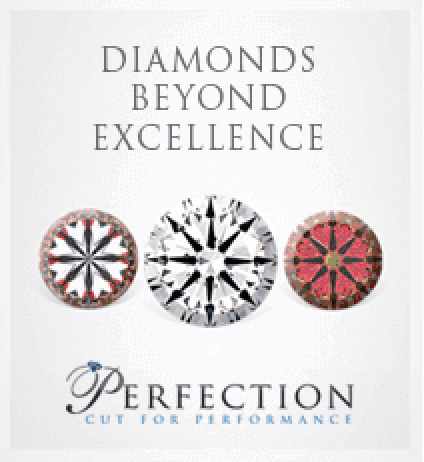
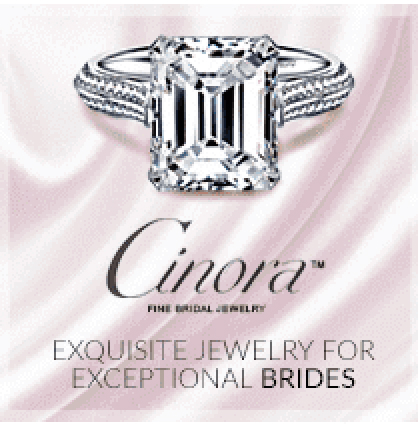
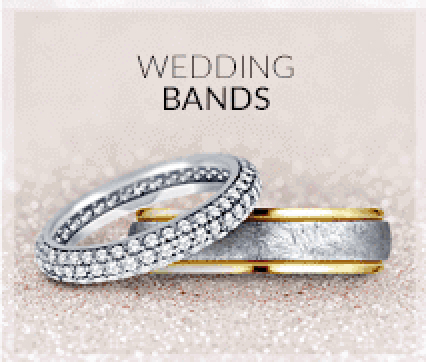
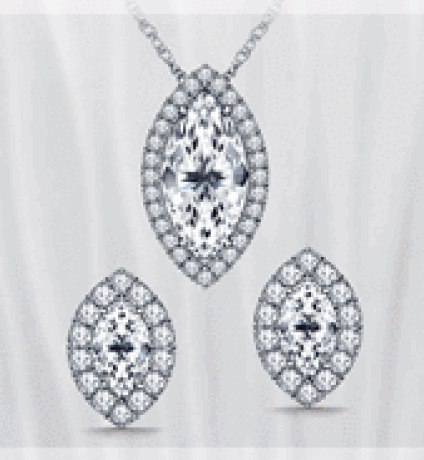
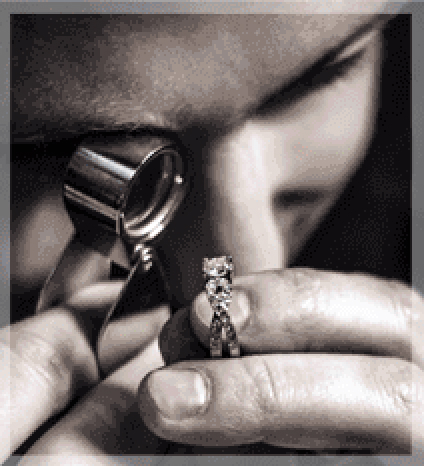


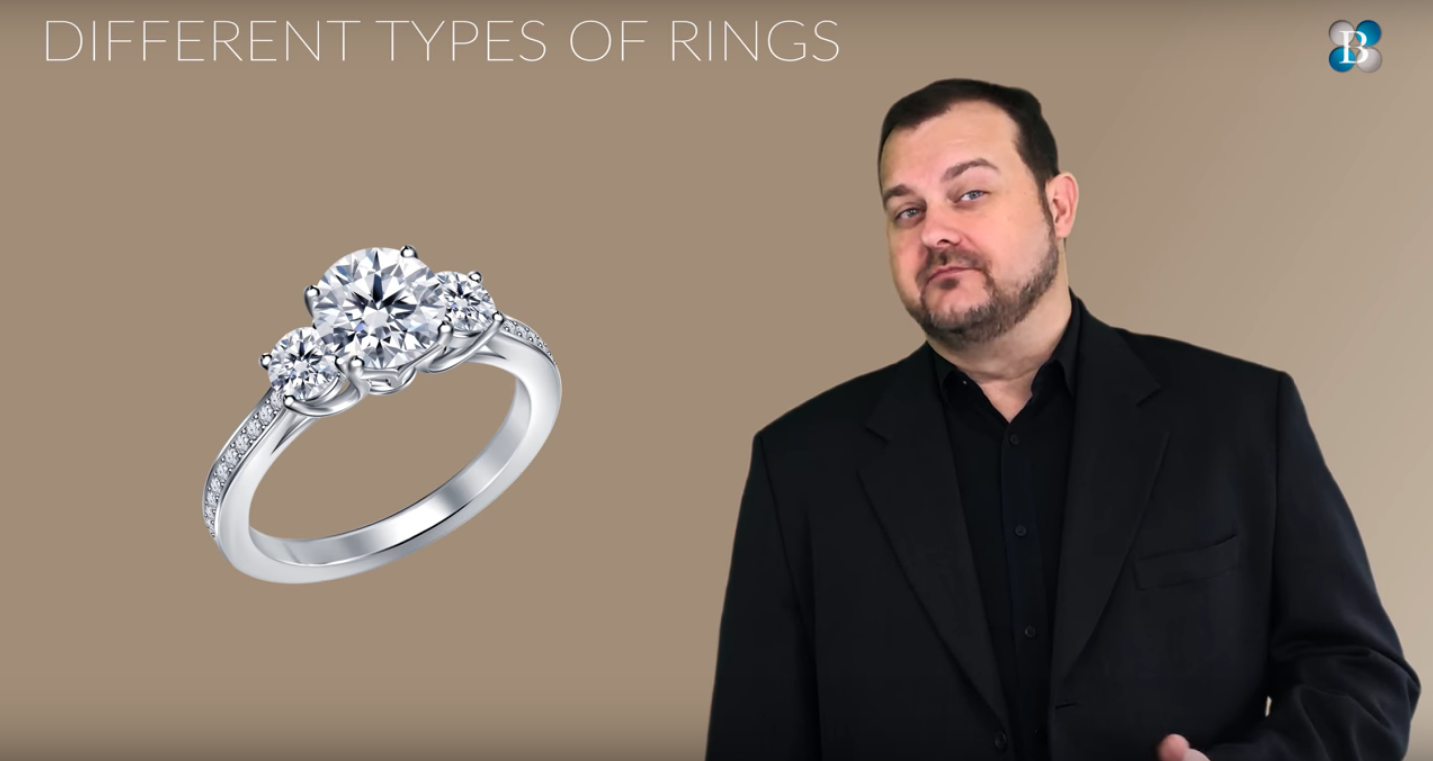 Engagement Ring Styles
Engagement Ring Styles
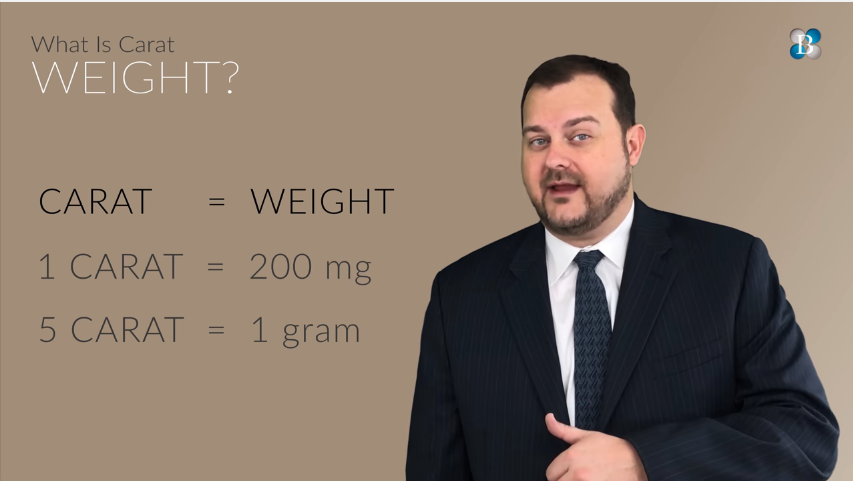 Guide to Diamond Carat
Guide to Diamond Carat
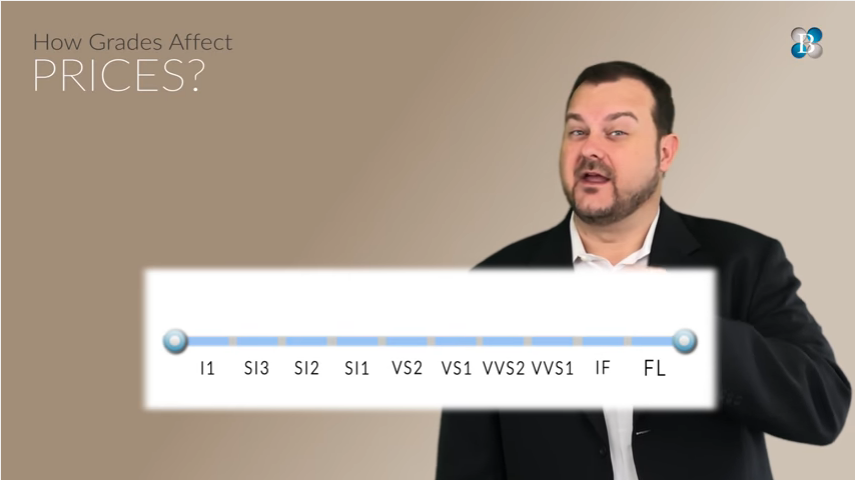 Guide to Diamond Clarity
Guide to Diamond Clarity
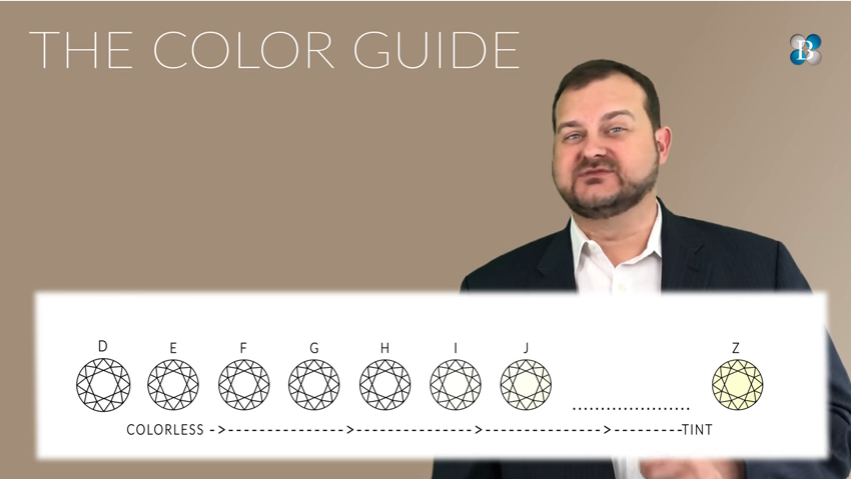 Guide to Diamond Color
Guide to Diamond Color
 Guide to Diamond Shapes
Guide to Diamond Shapes
 Jewelry Gifts for Birthdays and Anniversaries
Jewelry Gifts for Birthdays and Anniversaries
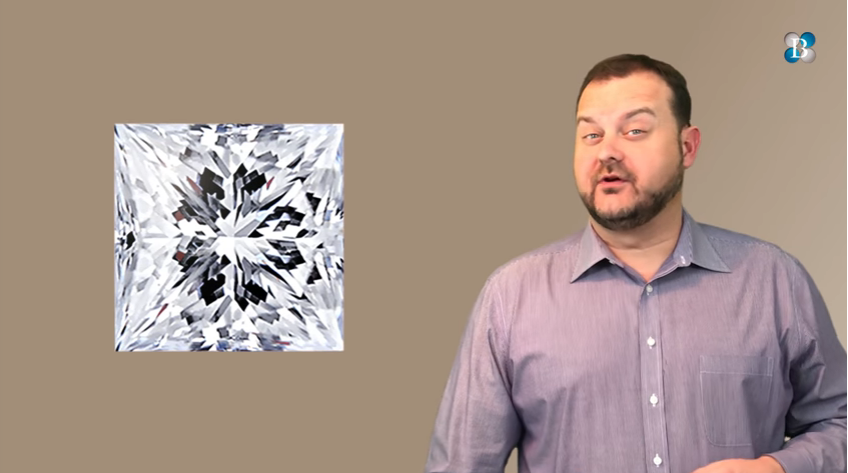 Princess Cut Guide
Princess Cut Guide
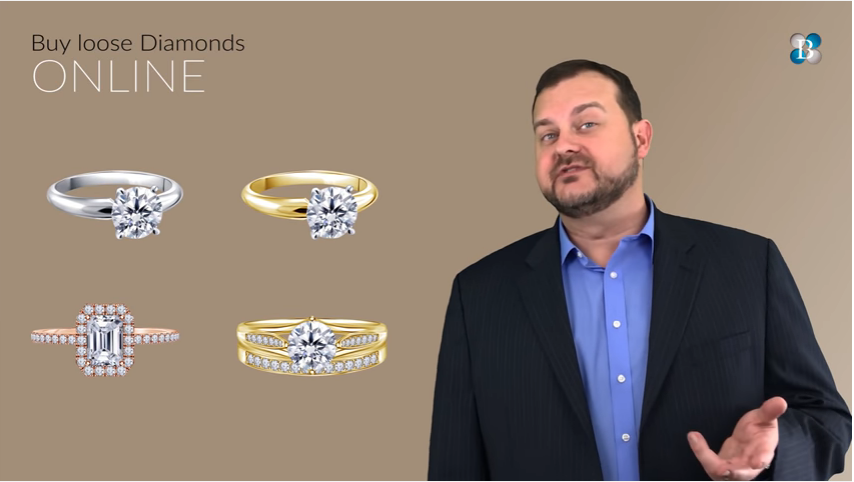 How to Save on Engagement Ring Shopping - Part 2
How to Save on Engagement Ring Shopping - Part 2
 Engagement Ring Design - Ring Shank
Engagement Ring Design - Ring Shank
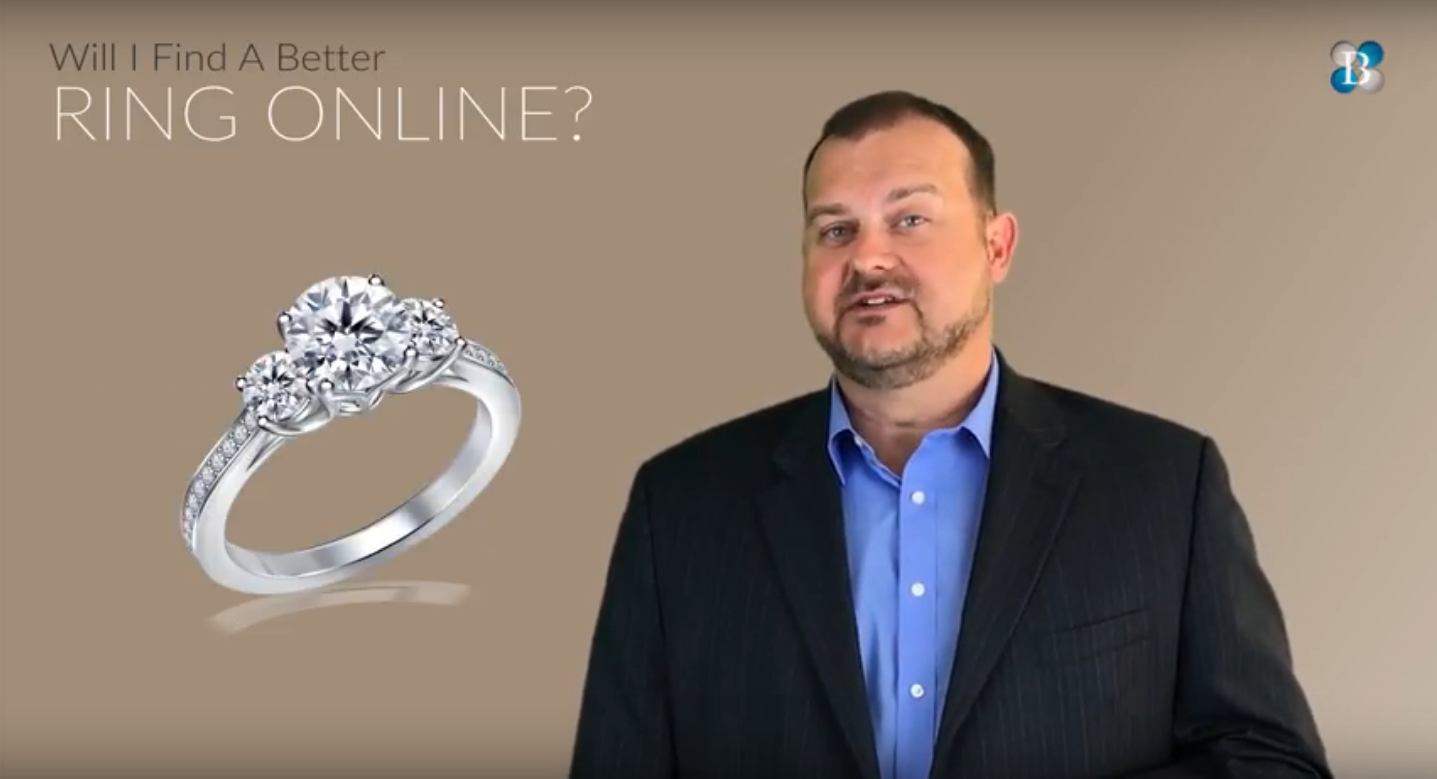 Buying an Engagement Ring - Part 1
Buying an Engagement Ring - Part 1
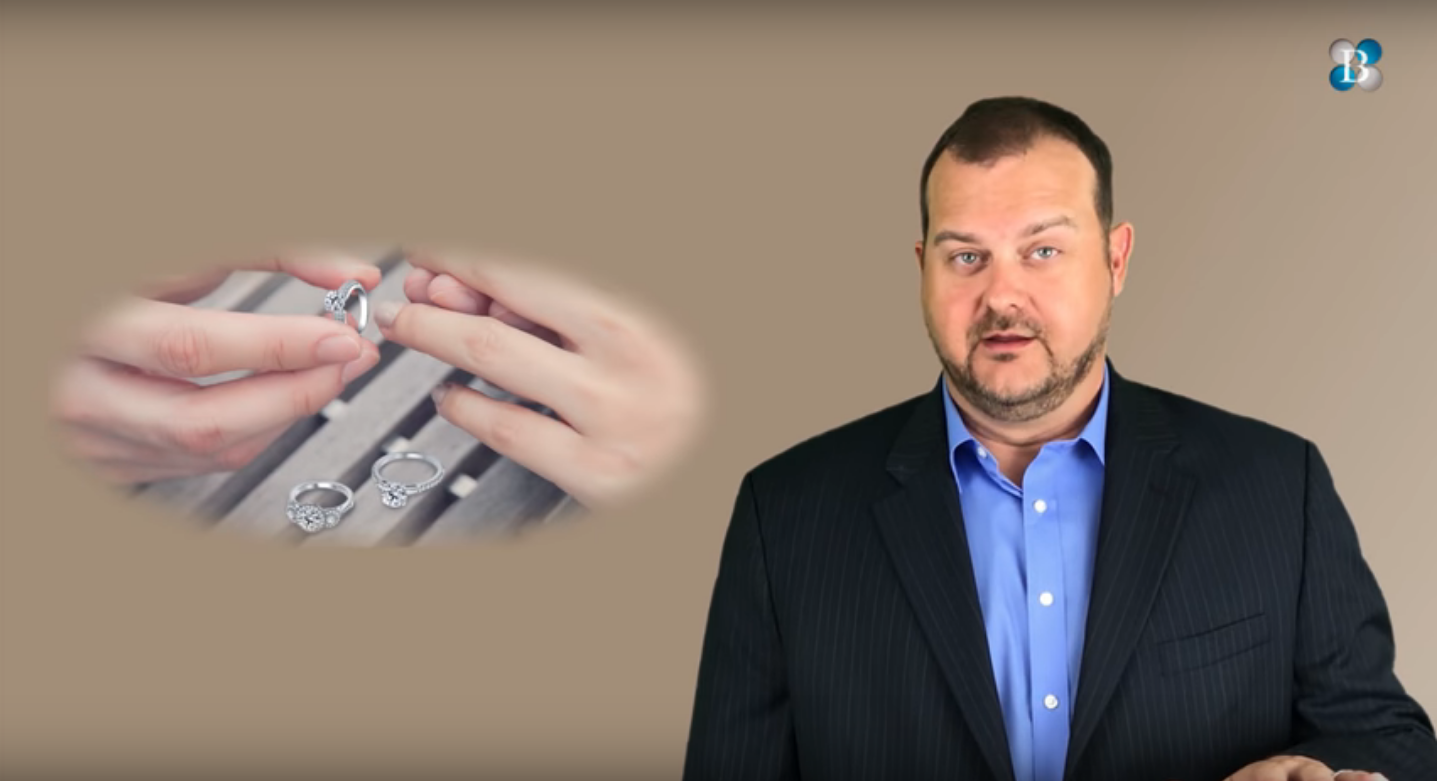 Buying an engagement Ring - Part 2
Buying an engagement Ring - Part 2
 Engagement Ring Settings - Part 1
Engagement Ring Settings - Part 1
 Guide to Diamond Cut
Guide to Diamond Cut
 Round Brilliant Cut Guide
Round Brilliant Cut Guide
